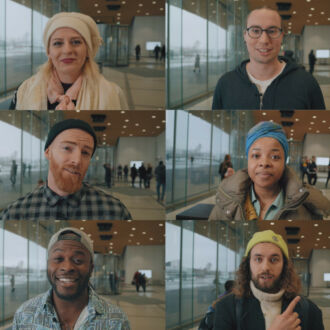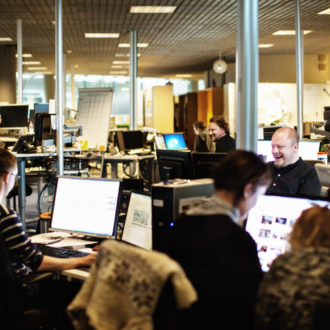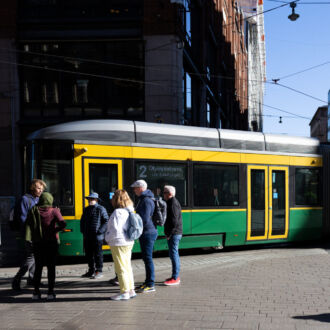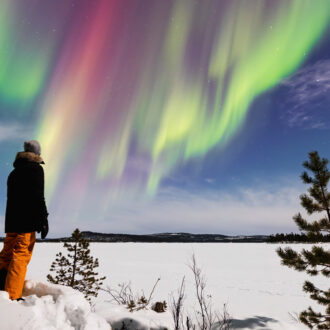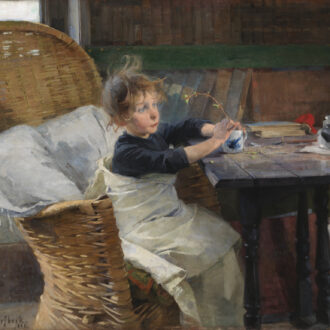Finland has been named the world’s happiest country many years in a row in the World Happiness Report.
While safety, trust and a close connection to nature are often credited, one overlooked ingredient may be talkoohenki – a Finnish word that implies both team spirit and everyone chipping in to help the community.
In 2025, the World Happiness Report highlighted something more personal than GDP or life expectancy: People tend to be happier when they believe others care, and when they themselves engage in acts of kindness. But how do you measure informal generosity – the kind that leaves no paper trail?
A feeling of community
See why helping others by donating blood is an important expression of community spirit for one Finnish person.Video: Erika Benke/ThisisFINLAND.fi
According to Statistics Finland, the average Finn volunteers about 18 hours a year, which is less than their Nordic neighbors. Yet that figure misses what many Finns instinctively understand: Helping often happens less officially, without reward or recognition.
Talkoohenki – which can be loosely translated as “community spirit” – is about showing up when needed, without fuss. It’s neighbours fixing a roof together, residents of an apartment building sprucing up their shared courtyard, or a friend driving hours to lend a hand on moving day. It’s cooperation, trust and solidarity in action.
“Every Finn knows what talkoohenki is, even if we don’t talk about it,” says Jukka Sierla, 33, who manages operations at a Finnish IT consulting firm. “It’s just something we do. It’s part of who we are, and it makes a huge difference.”
Sierla has been donating blood since he turned 18. For him, this simple act of giving is one of the most meaningful expressions of community spirit.
Reclining in a chair at a Red Cross donation point overlooking Helsinki’s main railway station, he watches people cross the street as a nurse inserts a needle into his arm. “I look at them and think, maybe I’ll help one of these people one day, without ever knowing it.” he says. “That makes me happy.”
Blood donation, Sierla says, brings real meaning to his life: “It’s one of the simplest, most tangible ways to do good. I do it to help save lives. That’s what keeps me going.”
Pay it back a hundredfold

Jukka Sierla strolls across Citizens’ Square in Helsinki after donating blood. In the background are Kiasma Museum of Contemporary Art (left) and Parliament (right).Still photo from video by Erika Benke
He was inspired by his grandfather, who began donating blood after his own mother required regular transfusions. “My grandfather said we needed to pay it back a hundredfold,” he says. “When I heard that, I knew I wanted to become a donor, too. I booked my first appointment a week after my 18th birthday.”
In Finland, about 3 percent of eligible people donate blood – a small but steady group. Most continue until they reach the age limit of 70.
While countries around the world grapple with blood shortages – like the UK’s amber alert in 2022 or the American Red Cross’s crisis the same year – the Finnish Red Cross Blood Service reports that Finland’s national supply has remained remarkably stable. There are no grand gestures or slogans behind this, just regular people, giving what they can.
By Erika Benke, November 2025
